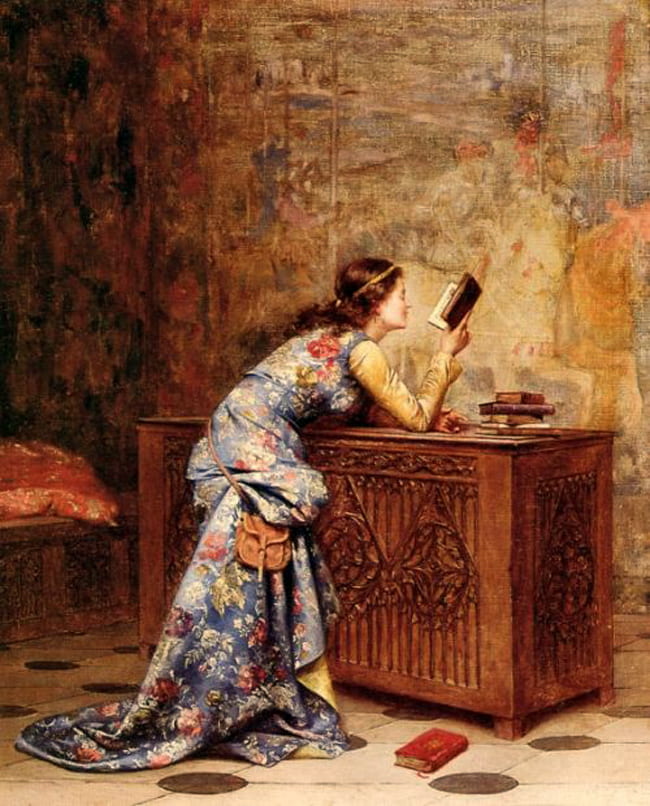
Captivée by Lesrel Adolphe Alexandre.
Derek
Emily Badger, “What Happened to the American Boomtown?” (New York Times)
Michael J. Lewis, “Cedar Grove, restored” (New Criterion)
Jeanine Michna-Bales, “The Long Road to Freedom” (Oxford American)
Gordon Wood (podcast interview), “The World in Time” (Lapham’s Quarterly)
Sarah
Eric Foner, “The Embryo Caesar,” (LRB)
Paul Ortiz, “Discovering a new history of empire, and resistance, in the words of Black radicals,” (ThisIsHell)
Tyler Parry, “Slavery, the Plantation Myth, and Alternative Facts,” (Black Perspectives)
Ned Richardson-Little, “The Leizig Affair: A Discussion with Author Fiona Rintoul,” (History Ned Blog)
Jessica Whyte, “Human Rights After October,” (overland)
Spencer
Daniela Blei, “How the Index Card Cataloged the World” (Atlantic)
Jason Middleton, “Free-Range Horror” (LARB)
Alexandra Schwartz, “The Disarming Paintings Made by Guantánamo Detainees” (New Yorker)
Naomi Wolf, “Sex and Intellect” (TLS)
Disha
Sarah Jaffe, “What a Band of 20th Century Alabama Communists Can Teach Black Lives Matter and the Offspring of Occupy” (The Nation)
Erik Linstrum, “The empire dreamt back: Britain’s imperial dreamcatchers and the truths of empire” (Aeon)
Josh Salisbury, “Saluton!: The Surprise Return of Esperanto” (The Guardian)
Cynthia
Before we left for Paris, Christie’s sold Leonardo’s “Salvator Mundi” for $450,312,500 (buyer’s premium included). Almost half a billion dollars spent in one night, and all for a single painting. And one whose provenance and attribution were both … interesting… (The painting has a convoluted history, and as Christie’s condition report notes, was quite damaged when it was “discovered” at an auction in 2005. It was restored in 2007 by Dianne Dwyer Modestini (Institute of Fine Arts, NYU). It looked like this before the restoration. In a 2012 review of the Leonardo survey at the National Gallery (London), Carmen Bambach wrote, “Much of the original painting surface may be by [Leonardo’s student Giovanni Antonio] Boltraffio,” while Frank Zoellner argued that it was “a high quality product of Leonardo’s workshop.” Both Bambach and Zoellner agree that Leonardo was personally involved with the painting, but did not do most (or all) of the painting. Leonardo scholar Martin Kemp stands by the autograph attribution to Leonardo. In any case, the sale led to this Instagram post from Tom Campbell, the ex-director of the Metropolitan Museum of Art, which was itself the subject of some fascination.) After the sale, so many questions: Who was the buyer? Who in their right mind would spend almost half a billion dollars on a single work of art? And what does that say about the art market, our culture, the widening global inequality between “High Net Worth Individuals” and … everyone else?
Last week, new reports kept surfacing: first, the buyer was an obscure Saudi prince named Prince Bader bin Abdullah bin Mohammed bin Farhan al-Saud, then, the buyer was actually the Saudi Crown Prince Mohammed Bin Salman. It seems that all of these princes were acting as proxies for Abu Dhabi’s Department of Culture and Tourism. One thing is certain: the Salvator Mundi is headed for the Louvre Abu Dhabi, as the museum announced on Twitter. (The initial announcement didn’t reveal that the museum had actually bought the painting.)
Now that I’m back in New York, and counting down the hours until a vote on the new Republican tax bill, the Salvator Mundi sale keeps creeping back into my mind, as an emblem of the way that these blockbuster art prices also serve as bellwethers of inequality. Take a look at this chart. And then take a look at this 2016 study by Thomas Piketty, Emmanuel Saez, and Gabriel Zucman. Let’s leave it at that.



Leave a Reply